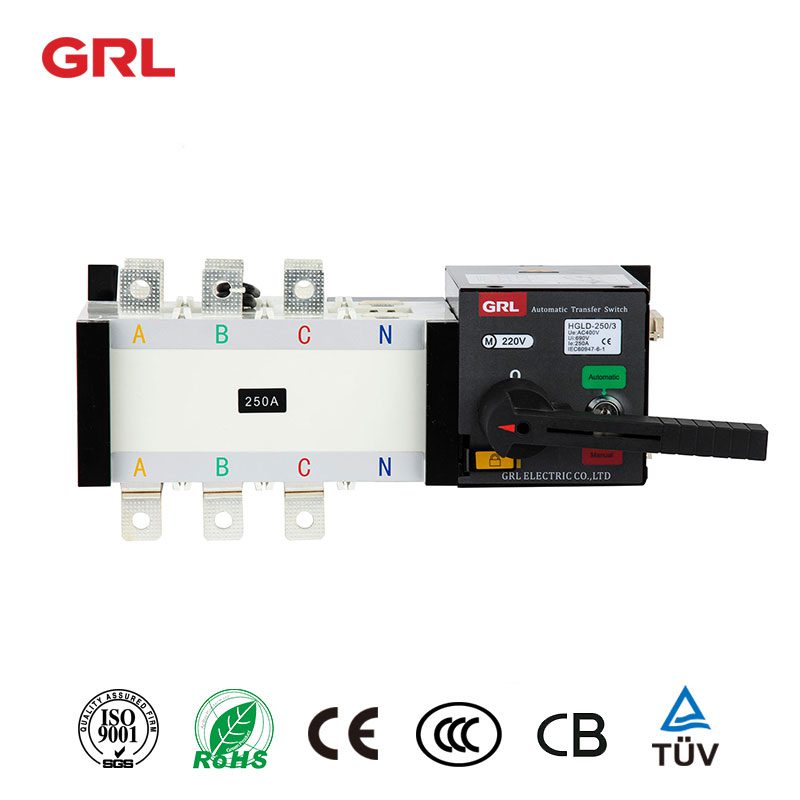
# Automatic Transfer Switch: Ensuring Uninterrupted Power Supply
## What is an Automatic Transfer Switch?
An Automatic Transfer Switch (ATS) is a critical component in power management systems that ensures seamless transition between primary and backup power sources. These devices automatically detect power failures and switch the electrical load to an alternative power source, such as a generator or battery backup system, without any manual intervention.
## How Does an Automatic Transfer Switch Work?
The operation of an ATS can be broken down into three main stages:
Keyword: Automatic Transfer Switch
– Monitoring: The ATS continuously monitors the voltage and frequency of the primary power source
– Detection: When it detects a power outage or significant voltage fluctuation, it initiates the transfer process
– Switching: The switch transfers the load to the backup power source within seconds
Once the primary power is restored, the ATS will automatically transfer the load back and shut down the backup system.
## Types of Automatic Transfer Switches
There are several types of ATS available, each designed for specific applications:
– Open Transition ATS: Breaks the connection with the primary source before connecting to the backup
– Closed Transition ATS: Makes the connection to the backup source before breaking from the primary
– Soft Load Transfer ATS: Gradually transfers the load to minimize power disturbances
– Bypass Isolation ATS: Allows maintenance without disrupting power to critical loads
## Key Benefits of Using an ATS
Implementing an automatic transfer switch offers numerous advantages:
– Uninterrupted power supply for critical operations
– Protection against power fluctuations and outages
– Reduced downtime and increased productivity
– Automatic operation eliminates human error
– Enhanced safety for electrical systems and personnel
– Compliance with industry regulations for critical facilities
## Applications of Automatic Transfer Switches
ATS systems are essential in various industries and settings:
– Hospitals and healthcare facilities
– Data centers and IT infrastructure
– Industrial manufacturing plants
– Telecommunications networks
– Commercial buildings and offices
– Emergency services and public safety operations
## Choosing the Right ATS for Your Needs
When selecting an automatic transfer switch, consider these factors:
– Power requirements of your facility
– Criticality of operations (how quickly power must be restored)
– Type of backup power source (generator, UPS, etc.)
– Environmental conditions where the ATS will operate
– Compliance with local electrical codes and standards
– Future expansion possibilities
## Maintenance and Testing
Regular maintenance is crucial for ensuring reliable ATS operation:
– Perform monthly operational tests
– Check connections and wiring annually
– Clean contacts and components as needed
– Verify proper communication with backup systems
– Keep firmware and software updated
– Document all maintenance activities
## The Future of Automatic Transfer Switches
As technology advances, ATS systems are becoming more sophisticated with features like:
– Remote monitoring and control capabilities
– Integration with smart grid technologies
– Predictive maintenance using AI algorithms
– Enhanced energy efficiency features
– Smaller, more compact designs
– Improved cybersecurity protections
Automatic Transfer Switches play a vital role in maintaining power continuity for critical operations. By understanding their function, benefits, and proper selection criteria, organizations can ensure they have the right solution to protect against power disruptions and maintain business continuity.